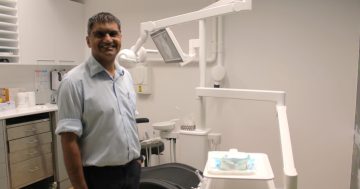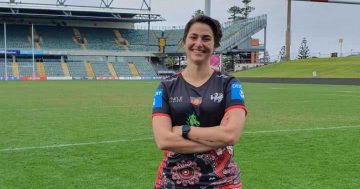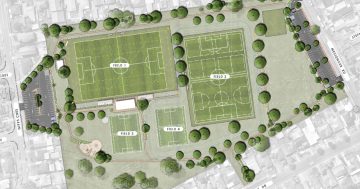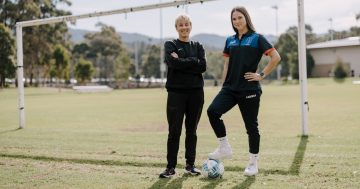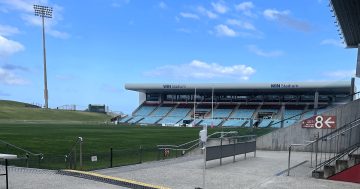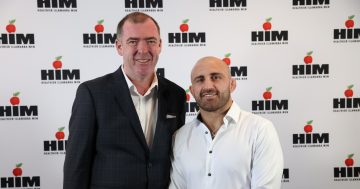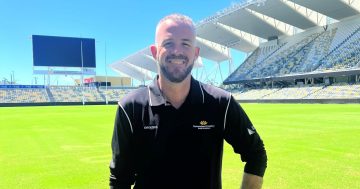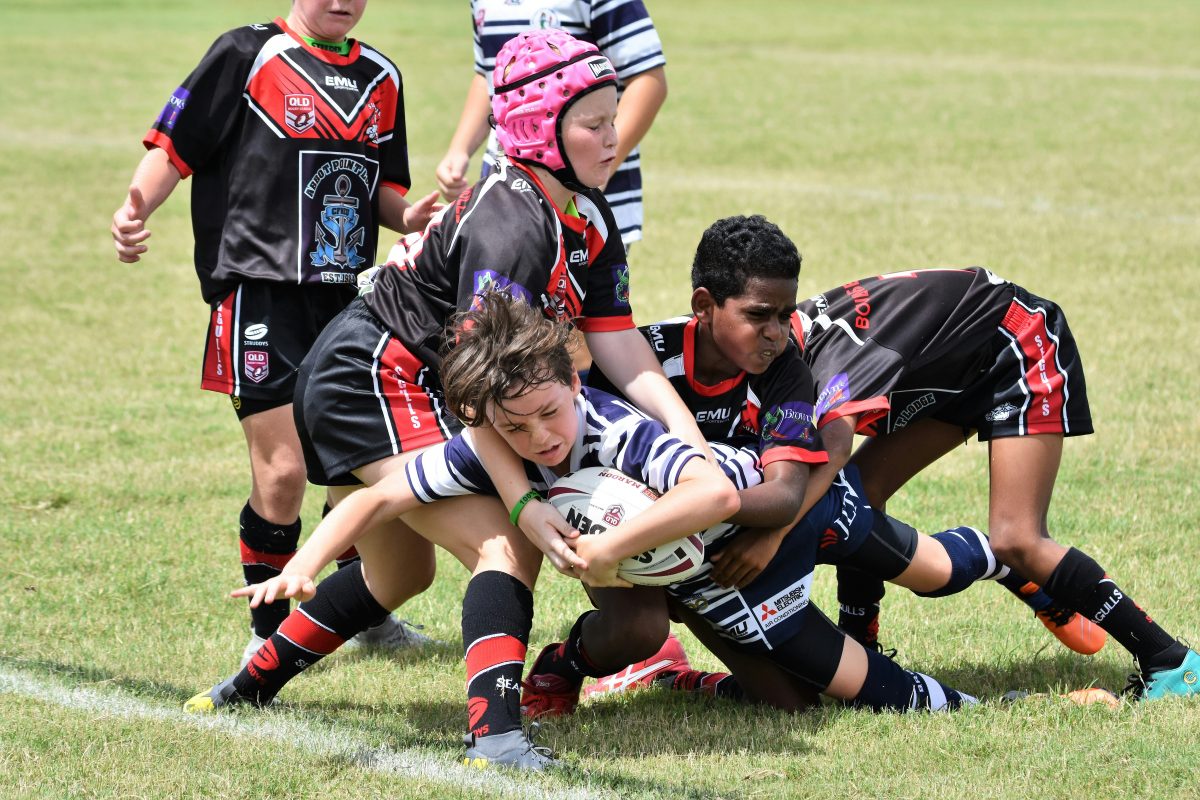
The AIS has unveiled new guidelines for concussion management in youth and community sport. Photo: Unsplash/BJ Pearce.
Sporting associations across the Illawarra could be reassessing their approach to head injuries when school and winter competitions kick off their 2024 seasons, after new guidelines were released to better identify and manage concussions at a community level.
According to the Australian Health and Welfare Institute thousands of athletes are hospitalised with concussion each year, with the injury possible in nearly every sport, not just contact sports.
Figures show that of the almost 3100 hospitalisations in 2020-2021, around 1300 occurred while playing some form of football and about 500 while cycling.
And with millions of Australians, including children, participating in sport every year, there has been an increased focus on the impact of these kinds of injuries in the short- and long-term.
The Australian Institute of Sport (AIS) has unveiled its new youth and community sport guidelines aiming to inform the general public and participants in kids’ and social sport about identifying and managing concussion in scenarios where health practitioners are less likely to be available.
According to the new document, “a more conservative approach should be taken with those aged under 19 years of age”.
“The GRTSF (Graded Return to Sport Framework) requires those under 19 years of age and those without a dedicated HCP (health care practitioner) to guide recovery, to be symptom free for 14 days (at rest) before return to contact training, and not return to competitive contact sport until a minimum of 21 days from the time of concussion.
“To be clear, that is not 14 days from the time of concussion. It is 14 days from when the athlete becomes symptom-free.”
It also states that in situations where more than two concussions have occurred within a 12-month period, consideration needs to be given to missing a season of contact or collision sport.
Football South Coast CEO Ann-Marie Balliana said she was keen to carry out these updated recommendations within the local competition even though the sport was lower risk than others.
“It’s great that the AIS and SMA [Sports Medicine Asutralia] have developed guidelines to create consistency and clarity around managing concussion for grassroots sports,” Ms Balliana said.
“Football is very fortunate in that given the nature of the sport, risks of concussion are relatively low especially in comparison to other codes.
“It is however important that we work with our governing bodies, Football Australia and Football NSW in the implementation of recommendations for grassroots football.”
Illawarra District Rugby League Football Club General Manager Rowen Cole also welcomed any enhancement of policies which improved player welfare.
“Illawarra Rugby League has always and will continue to prioritise the overall player safety and wellbeing of our participants, inclusive of head-related injury and associated concussion risk, as a fundamental aspect across all levels of the game,” he said.
“The Illawarra League adopts the ARL Commission ‘Community Rugby League Policy and Guidelines for the Management of Concussion’ and Return to Play protocols to ensure the upmost level of player safety not only at the time of injury, but also during recovery, return to play and furthermore in regards to the long-term wellbeing of participants.
“Illawarra Rugby League welcomes any further enhancement of policies, guidelines and protocols which achieve an even greater emphasis on player safety and welfare.”
The return to sport protocols in the Community Rugby League Policy and Guidelines for the Management of Concussion state a child or adolescent cannot return until the 19th day after sustaining a concussion with a doctor’s assessment and clearance using an NRL Community Head Injury/Concussion Medical Clearance Form.
The new document also includes resources such as the Concussion Recognition Tool, to help clubs, parents, coaches, players and officials recognise concussion and seek the appropriate treatment.
The full document and more information is available on the Concussion in Sport website.









